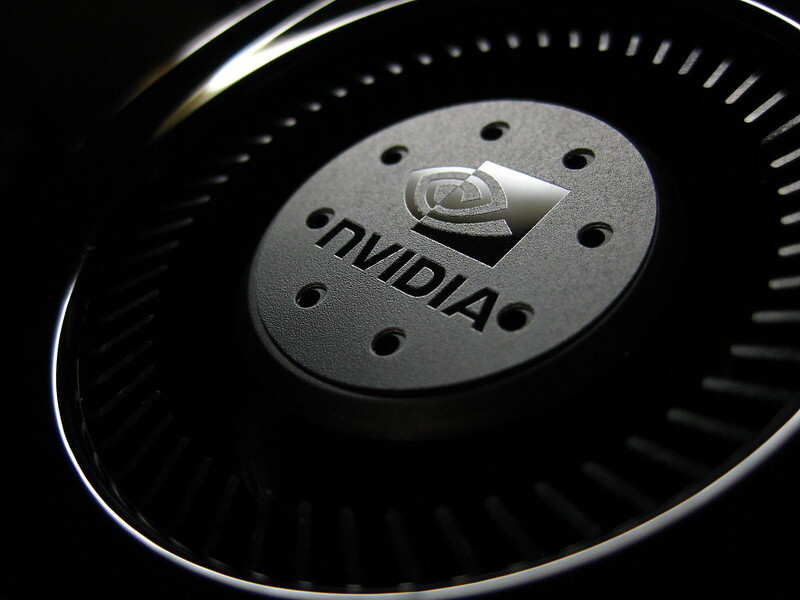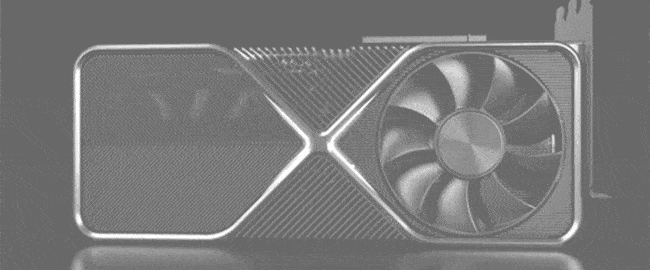
(Laineema/Flickr)
For years, NVIDIA carried an interesting place in the open-source universe: Necessary evil.
While famous for its desktop GPUs in particular, many laptops, particularly of the Windows variety, relied on hardware from the GPU-maker, but that hardware required closed-off software to function. While it could certainly work with Linux, it definitely was not in the spirit of what Linux was about.
But if you didn’t have those drivers, you couldn’t use the best GPUs on the market throughout most of its history. So basically, a giant rub.
The hard part about all of this was that it turned something as simple as what graphics card you used into an ethical debate, and one that was not easily revolved in the case of a laptop—AMD discrete mobile graphics are simply not as common as their desktop equivalents. If you were all-in on open source, you had to have this debate.
(And even outside home user settings, this was becoming more of a debate, as the graphical capabilities of NVIDIA made their cards important for high-end graphical workflows—or even workflows unrelated to graphics that GPUs can benefit from, such as artificial intelligence or deep learning.)
But recently, NVIDIA took an unprecedented step of announcing plans to open-source its GPU kernel modules, which should (over time) make it a lot easier to make the decision to go with Team Green for graphical capabilities. They’re not ready for mainstream use yet, but eventually they will be.
“This release is a significant step toward improving the experience of using NVIDIA GPUs in Linux, for tighter integration with the OS and for developers to debug, integrate, and contribute back,” the company stated on its website.
https://twitter.com/josh_triplett/status/1524525075893944322
Thus far, the reaction to this has been strong—and one that suggests a turned corner for NVIDIA, probably one of the most important companies in computer hardware, easily up there with Intel and AMD.
One could argue that the competitive landscape might have forced this issue—recently, AMD got a huge leg-up from being the centerpiece of the Steam Deck, a watershed device for Linux as it makes open-source a mainstream platform for gaming for the first time. But more broadly, you could look at the needs of the server room as well.
GPUs are way more important now than they were five years ago from a technology stack standpoint, not even from a gaming standpoint, and that creates new needs for companies who spend six or seven figures a year on infrastructure. If Google or AWS has a need for GPU capabilities, NVIDIA wants to get the call.
When it comes down to it, NVIDIA doesn’t want to only serve mining rigs and gamers. They have a whole ecosystem of people outside of the mainstream discussion that never get brought up. I think in a lot of ways, this is for them.
The nice part is that everyone gets to benefit from that.
Time limit given ⏲: 20 minutes
Time left on clock ⏲: 57 seconds



